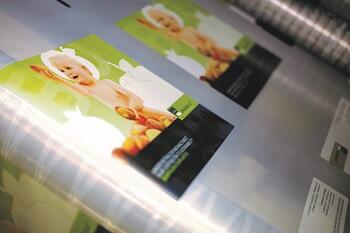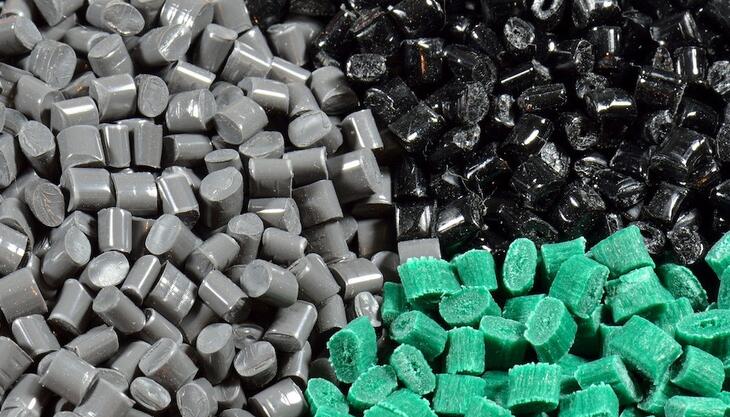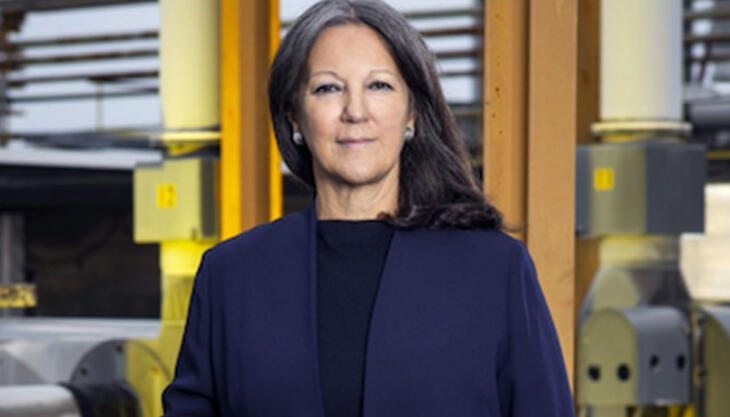
At the 16th EuBP Conference, recently held in Berlin, European Bioplastics presented a very positive outlook of the global bioplastics industry. Production is set to more than triple over the next five years according to market data which was compiled in cooperation with the nova-Institute.
The global bioplastics production capacity is set to increase significantly from around 2.4 million tonnes in 2021 to 7.5 million tonnes in 2026. Biodegradable PBAT (polybutylene adipate terephthalate), the production of which will almost quadruple, but also PBS (polybutylene succinate) and bio-based PAs (polyamides) are the main drivers of this impressive growth. The production of polylactic acid (PLA) will also continue to grow due to further investments in PLA production sites in Asia, the US, and in Europe. Production capacities of bio-based polyolefins, such as PE (polyethylene) and PP (polypropylene), increased as well. Biodegradable plastics, including PBAT, PLA, and polybutylene succinate (PBS) currently account for slightly over 64% (1.5 million tonnes) of the global bioplastics production capacities. Bio-based, non-biodegradable plastics, including the drop-in solutions bio-based PE and bio-based PET (polyethylene terephthalate), as well as bio-based PA (polyamides), make up for almost 36% (0.8 million tonnes).
 Packaging remains the largest field of application for bioplastics with almost 48% (1.2 million tonnes) of the total bioplastics market in 2021. The data also confirms that bioplastics materials are already being used in many other sectors, and the portfolio of application continues to diversify. Segments, such as consumer goods, fibre or agriculture and horticulture products, continue to increase moderately in their relative share. With a view to regional capacity development, Asia further strengthened its position as major production hub with almost 50% of bioplastics currently being produced in the region. Presently, almost a fourth of the production capacity is still located in Europe. However, Europe’s share and the share of other world regions will significantly decrease within the next five years. In contrast, Asia is predicted to have passed the 70% by 2026.
Packaging remains the largest field of application for bioplastics with almost 48% (1.2 million tonnes) of the total bioplastics market in 2021. The data also confirms that bioplastics materials are already being used in many other sectors, and the portfolio of application continues to diversify. Segments, such as consumer goods, fibre or agriculture and horticulture products, continue to increase moderately in their relative share. With a view to regional capacity development, Asia further strengthened its position as major production hub with almost 50% of bioplastics currently being produced in the region. Presently, almost a fourth of the production capacity is still located in Europe. However, Europe’s share and the share of other world regions will significantly decrease within the next five years. In contrast, Asia is predicted to have passed the 70% by 2026.
The land used to grow the renewable feedstock for the production of bioplastics is estimated to be 0.7 million hectares in 2021 and continues to account for only just over 0.01% of the global agricultural area of 5 billion hectares. Along the estimated growth of global bioplastics production in the next five years, the land use share for bioplastics will increase to still below 0.06%. In relation to the available agricultural area, this share is still minimal. Thus, there is no competition between the renewable feedstock for food and feed and the production of bioplastics.
























